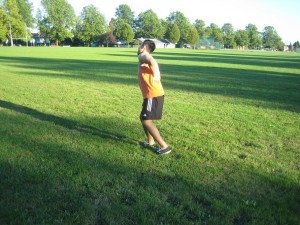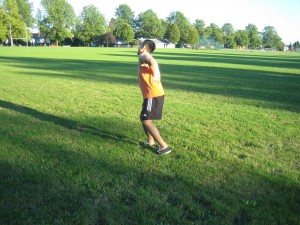Osteitis pubis is a usual cause of chronic groin pain and considered as an overuse injury. The condition is brought about by repetitive trauma but it is infrequent for a precise incident to instigate the symptoms.
A diagnosis is generally given in the late phases once the pubis bones already started to erode at the pubic symphysis. An early diagnosis can help prevent the condition from progressing beyond the phase of “bone stress”.
What is the cause?

The main root of the condition is unsteadiness of the pelvic bones and the pubic symphysis. It is important to note that the instability can be worsened once asymmetrical loads are placed on the pelvis such as in kicking or running. These activities are accommodated normally in a stable individual but if there is poor lumbopelvic control, the added strain could not be properly controlled and result to injury
Due to the instability in the area, it is likely for the individual to have history of groin strain, low back pain or hernia.
How is it diagnosed?
The pain or discomfort is generally felt on the pubic symphysis with pain that is referred into the groin as well as the inguinal area. Once the pubic symphysis and pubic ramus is palpated, it is acutely tender. In addition, resisted contraction of the hip adductors and flexors can trigger pain.
In the same way, stretching into abduction and extension can trigger pain in the acute phase. Sneezing, coughing and engaging in sit-ups can generate pain. Additionally, the individual could not lie flat on the back.
When a bone scan is taken, it reveals an advanced uptake at the pubic symphysis. An X-ray shows the presence of a cyst and destruction of the pubic symphysis in the advanced phases. An MRI reveals bone injury and inflammation.
Management of osteitis pubis
In most cases, rehabilitation is done under the guidance of a physiotherapist. Returning to sports must be guided properly to prevent future aggravation.

